Fernando Wario
Tracking all members of a honey bee colony over their lifetime
Mar 15, 2018
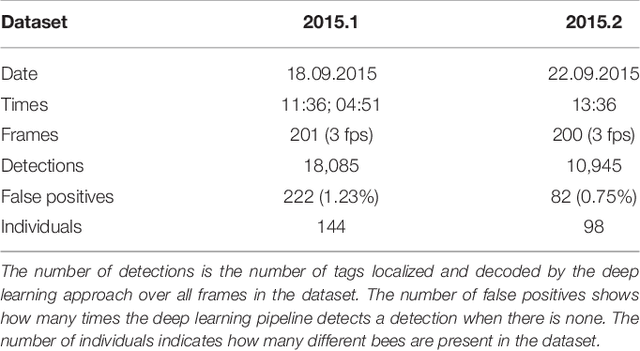
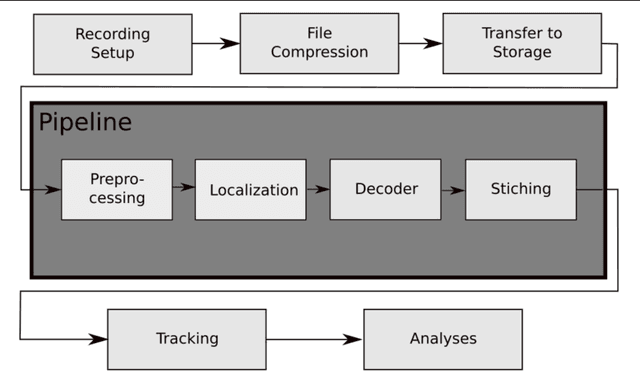

Abstract:Computational approaches to the analysis of collective behavior in social insects increasingly rely on motion paths as an intermediate data layer from which one can infer individual behaviors or social interactions. Honey bees are a popular model for learning and memory. Previous experience has been shown to affect and modulate future social interactions. So far, no lifetime history observations have been reported for all bees of a colony. In a previous work we introduced a tracking system customized to track up to $4000$ bees over several weeks. In this contribution we present an in-depth description of the underlying multi-step algorithm which both produces the motion paths, and also improves the marker decoding accuracy significantly. We automatically tracked ${\sim}2000$ marked honey bees over 10 weeks with inexpensive recording hardware using markers without any error correction bits. We found that the proposed two-step tracking reduced incorrect ID decodings from initially ${\sim}13\%$ to around $2\%$ post-tracking. Alongside this paper, we publish the first trajectory dataset for all bees in a colony, extracted from ${\sim} 4$ million images. We invite researchers to join the collective scientific effort to investigate this intriguing animal system. All components of our system are open-source.
Automatic detection and decoding of honey bee waggle dances
Dec 05, 2017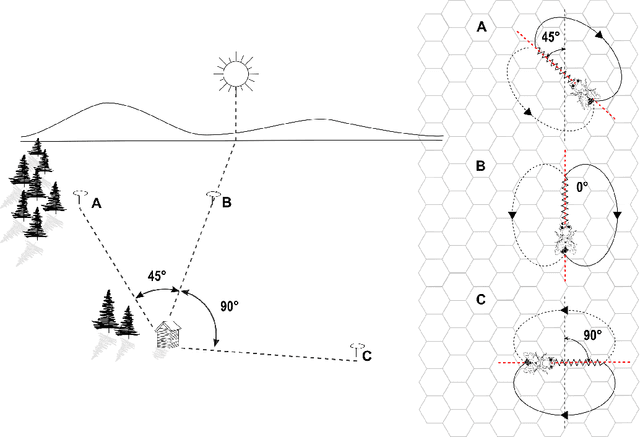
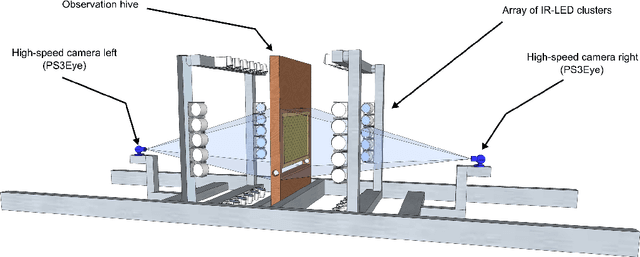

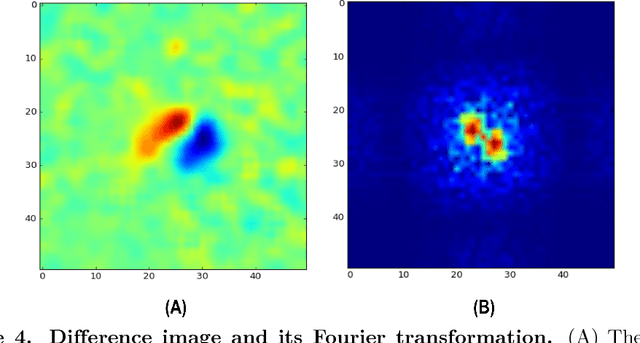
Abstract:The waggle dance is one of the most popular examples of animal communication. Forager bees direct their nestmates to profitable resources via a complex motor display. Essentially, the dance encodes the polar coordinates to the resource in the field. Unemployed foragers follow the dancer's movements and then search for the advertised spots in the field. Throughout the last decades, biologists have employed different techniques to measure key characteristics of the waggle dance and decode the information it conveys. Early techniques involved the use of protractors and stopwatches to measure the dance orientation and duration directly from the observation hive. Recent approaches employ digital video recordings and manual measurements on screen. However, manual approaches are very time-consuming. Most studies, therefore, regard only small numbers of animals in short periods of time. We have developed a system capable of automatically detecting, decoding and mapping communication dances in real-time. In this paper, we describe our recording setup, the image processing steps performed for dance detection and decoding and an algorithm to map dances to the field. The proposed system performs with a detection accuracy of 90.07\%. The decoded waggle orientation has an average error of -2.92{\deg} ($\pm$ 7.37{\deg} ), well within the range of human error. To evaluate and exemplify the system's performance, a group of bees was trained to an artificial feeder, and all dances in the colony were automatically detected, decoded and mapped. The system presented here is the first of this kind made publicly available, including source code and hardware specifications. We hope this will foster quantitative analyses of the honey bee waggle dance.
Fast algorithm for Multiple-Circle detection on images using Learning Automata
May 21, 2014



Abstract:Hough transform (HT) has been the most common method for circle detection exhibiting robustness but adversely demanding a considerable computational load and large storage. Alternative approaches include heuristic methods that employ iterative optimization procedures for detecting multiple circles under the inconvenience that only one circle can be marked at each optimization cycle demanding a longer execution time. On the other hand, Learning Automata (LA) is a heuristic method to solve complex multi-modal optimization problems. Although LA converges to just one global minimum, the final probability distribution holds valuable information regarding other local minima which have emerged during the optimization process. The detection process is considered as a multi-modal optimization problem, allowing the detection of multiple circular shapes through only one optimization procedure. The algorithm uses a combination of three edge points as parameters to determine circles candidates. A reinforcement signal determines if such circle candidates are actually present at the image. Guided by the values of such reinforcement signal, the set of encoded candidate circles are evolved using the LA so that they can fit into actual circular shapes over the edge-only map of the image. The overall approach is a fast multiple-circle detector despite facing complicated conditions.
* 30 Pages. arXiv admin note: text overlap with arXiv:1405.5406
Circle detection on images using Learning Automata
May 21, 2014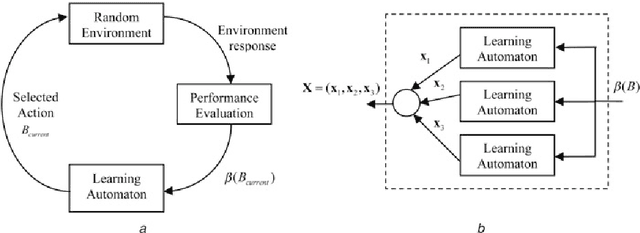

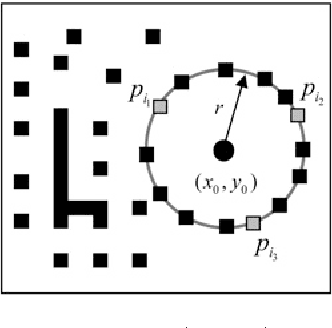

Abstract:Circle detection over digital images has received considerable attention from the computer vision community over the last few years devoting a tremendous amount of research seeking for an optimal detector. This article presents an algorithm for the automatic detection of circular shapes from complicated and noisy images with no consideration of conventional Hough transform principles. The proposed algorithm is based on Learning Automata (LA) which is a probabilistic optimization method that explores an unknown random environment by progressively improving the performance via a reinforcement signal (objective function). The approach uses the encoding of three non-collinear points as a candidate circle over the edge image. A reinforcement signal (matching function) indicates if such candidate circles are actually present in the edge map. Guided by the values of such reinforcement signal, the probability set of the encoded candidate circles is modified through the LA algorithm so that they can fit to the actual circles on the edge map. Experimental results over several complex synthetic and natural images have validated the efficiency of the proposed technique regarding accuracy, speed and robustness.
* 26 Pages
 Add to Chrome
Add to Chrome Add to Firefox
Add to Firefox Add to Edge
Add to Edge